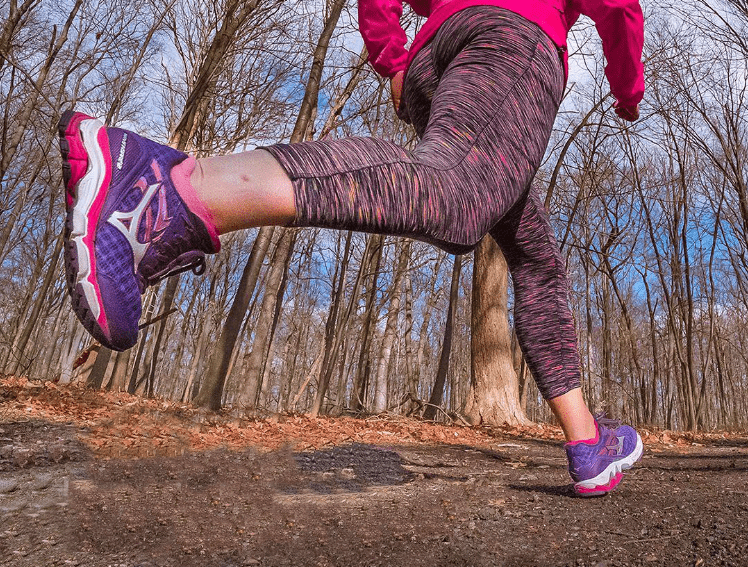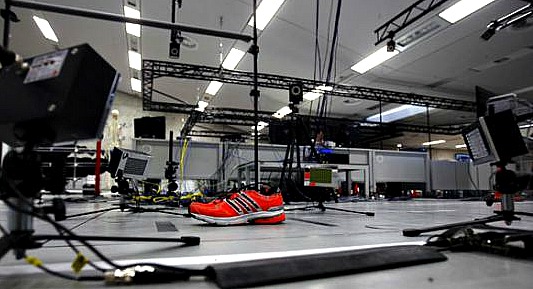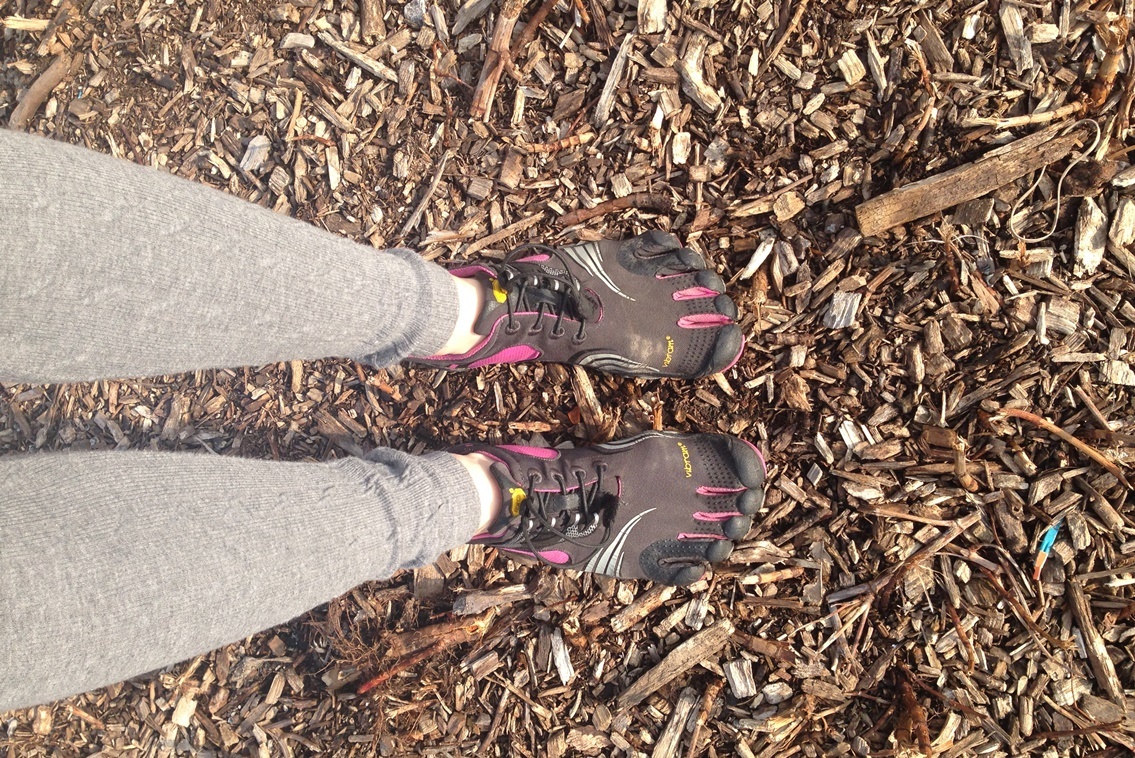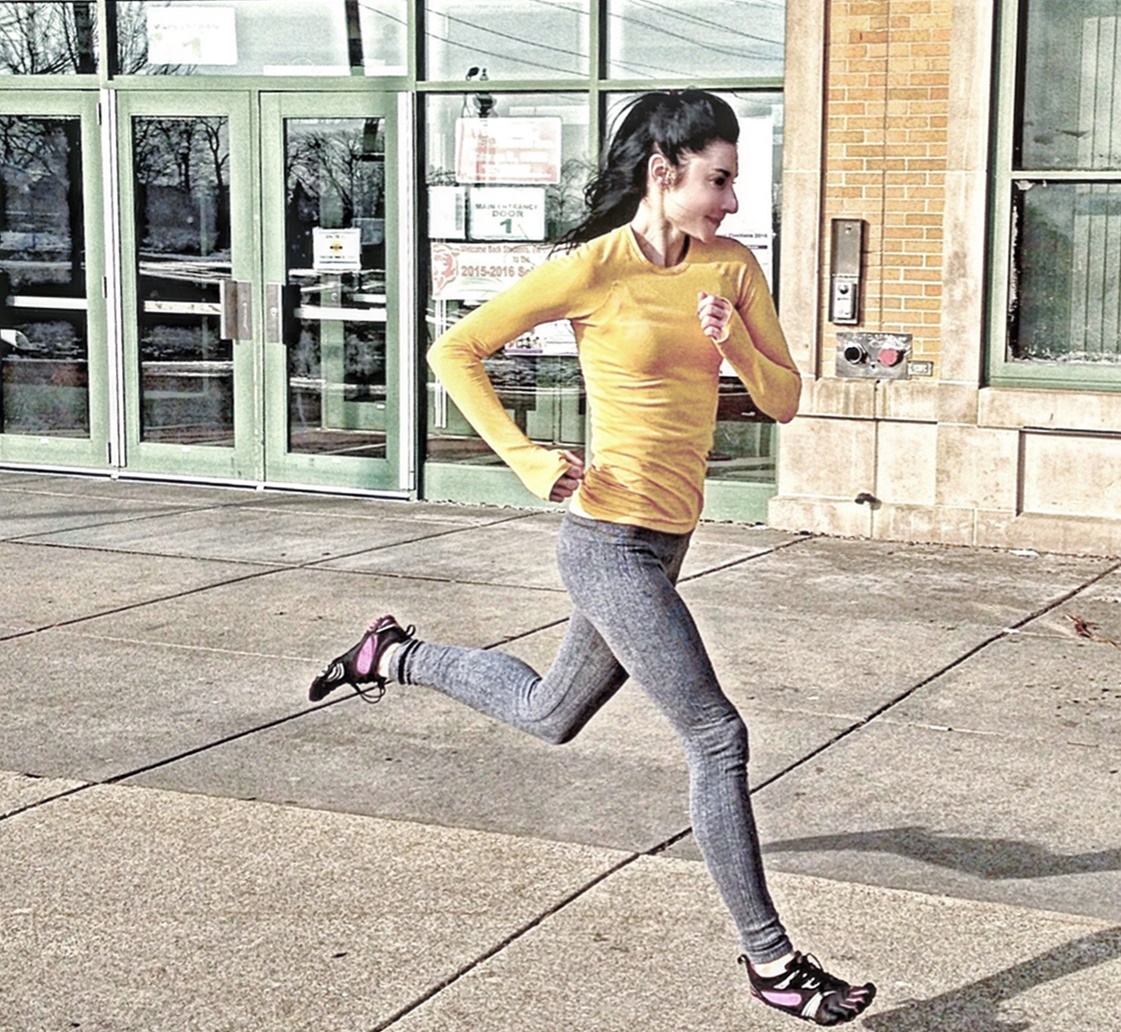You think your running shoes are keeping you safe from harm, but are they really preventing injury? Runners who wear cushioned running shoes, loaded with the most advanced shoe technology, get injured more than barefoot runners, and even minimalist shod runners.
According to Robbins and Gouw (1997), cushioned athletic shoes with a big cushioned heel, cause injuries due to inadequate material testing, so how can cushioned running shoes be marketed as safe for runners?

Cushioned Athletic Shoes No Good for Running
Before the final product goes on the shelf, the under-heel cushioning in a running shoe undergos material testing to determine the absorbency capacity. Here are the common types of material tests:

Dynamic Test. Most common material test which involves simulating a heel strike landing by dropping a weight with shock absorbency inferred via the height of the rebound of this weight.
Static Test. Shock absorption is measured based on the depth of deformation caused by an object with a standardized mass and shape.
Research now reveals that these material tests do not accurately predict the actual heel strike-shock during running and should not be used to determine the level of safety in a running shoe. Why?
Material tests in modern running shoes do not account for the natural shock-moderating behavior of a runner (Robbins and Gouw 1997). This means that material tests do not reflect the actual landing behavior of a runner wearing cushioned heeled running shoes.
- For example, a study by Clark et al. found that shock did not reduce after the amount of under-heel cushioned doubled in a series of running shoes that varied in midsole hardness.
- Their data revealed that runners altered their shock-moderating behavior based on proprioceptive input to achieve a preferred landing strategy associated with the least amount of shock. Hence the term shock-moderating behavior.
This is why material tests fails to predict how the body responds to various amounts of under-heel cushioning. This is also why scientists have not yet been able to design a running shoe that successfully absorbs all impact related to heel strike running.
Run Shoeless
Despite the long-held belief that running shoes prevent injuries, other studies have found evidence to the contrary.
- The single biggest factor in preventing running-related injuries is how we perceive our own foot strike which is directly related to the level of proprioceptive activity of the plantar surface. This in turn, dictates our impact-moderating behavior when we run.
In another telling study, Robbins and Gouw (1990) found that barefoot runners had more enhanced impact-moderating behavior compared to shod runners (runners in shoes). They also found that when the plantar surface was well-cushioned, the vertical impact paradoxically increased. From this, the researchers concluded that because human landing behavior during running is not taken into consideration, material tests for running shoes are inherently flawed and such footwear should not be marketed as safe –plain and simple.
The Take Home Message
The real strategy of reducing shock during running is subjective in nature, meaning the human body instinctively knows how to reduce impact under optimal, therefore natural running conditions, that is, when running barefooted.
The fact that material tests lack definitive measurements on impact-moderating behavior holds insignificant appeal and is why running shoes will never trump the advent of running barefoot.
Click here to read my barefoot running training guide.


More Running Advice at Run Forefoot:
The Healthy Bonus of Going Barefoot
Forefoot Strike Running vs Heel Strike Running
Why Pre-Run Stretching is a No-No
Barefoot-Inspired Running Shoes
References:
Clarke TE. Frederick EC. Cooper LB. Effects of shoe cushioning upon ground reaction forces in running. International Journal of Sports Medicine 4: 247-251, 1983a
Nigg BM, Bahlsen AH, Denoth J, Lueth; SM, Stacoff A. Factors influencing kinetic and kinematic variables in running. In Nigg BM (Ed) Biomechanics of running shoes, pp. 139-159, Human Kinetics Publishers, Champaign 11,1986
Robbins SE and Gouw GJ.Athletic footwear and chronic overloading: a brief review. Sports Med, 1990; 9(2):77-85.
Robbins SE and Waked E. Balance and vertical impact in sports: role of shoe sole materials. Arch Phys Med Rehabil, 1997; 78:463-67.
Snel JG. Dcllrnan J. Hccrkins YF. ct al. Shock absorbing characteristics of running shoes during actual running. In Winter DA ct al. (Eds) Biomechanics IX-B. pp, 133-138. Human Kinetics Publishers. Champaign II. 1985.
Bretta Riches
BSc Neurobiology; MSc Biomechanics candidate, ultra minimalist runner & founder of RunForefoot. I was a heel striker, always injured. I was inspired by the great Tirunesh Dibaba to try forefoot running. Now, I'm injury free. This is why I launched Run Forefoot, to advocate the health & performance benefits of forefoot running and to raise awareness on the dangers of heel striking, because the world needs to know.
Latest posts by Bretta Riches (see all)
- Heel Strike Running Causes Slipped Discs - 25/04/2024
- How to Train Yourself to Not Heel Strike When Running - 24/04/2024
- Cushioned Running Shoes Found to Be Bad for Ankles - 23/04/2024

Leave a Reply